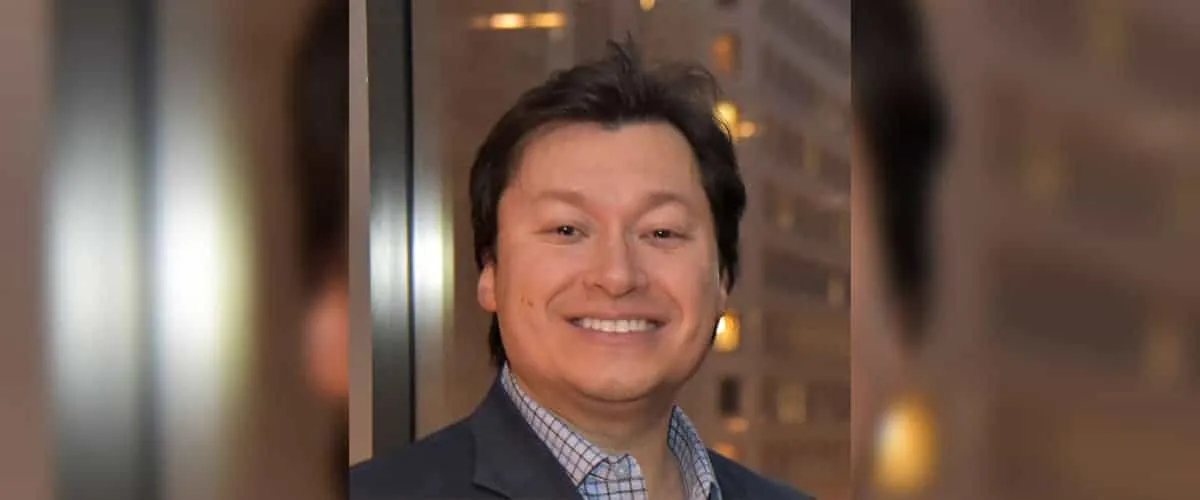By John Digles, Executive Vice President. Midwest GM
We’re back from an incredible week at the Consumer Electronics Show where MWWPR helped launch game-changing new health technology, introduced a new digital health service that provides real-time insights and coaching, and represented the largest exhibit of AI, robotics and automation, among other assignments.
At CES 2019, we earned global media coverage for our clients, attracted over 170 media visits to a single booth, collaborated with influencers to create social content that was among the highest engaged and shared during the show, represented one of the most-covered health technology launches, and helped our clients win Best of CES awards for wearables, health tech and product innovation.
With nearly every major technology company at CES, 4,500 booths and 180,000 attendees, competition for attention is fierce. Brands build massive booths, fly in celebrities for appearances, host lavish parties, and invest in big, exciting exhibits. How do you give yourself the best chance to win at CES amid that level of noise and competition? Tell a deeper story, make it about more than the technology, and make sure you reach the audience that matters most to you.
While ‘the story’ seems like it’s often the objective, telling a relevant story to the right audience is one of the most common misses at CES. Exhibitors often preview new technologies at the show and focus on promoting design and features and whiff on the opportunity to talk about the purpose for the innovation, the company that made it and the vision for what the product will mean to its consumers.
The right story can serve as an equalizer at CES and can turn a smaller exhibit into a larger presence that can contend with a big main hall booth. Here’s an overview of how we’ve done it:
- Develop a deeper narrative. New technology may be the star, yet the story about the what is incomplete without the who and the why. The CES spotlight is a rare opportunity to invite global media to look deeper into your company. How does this innovation illustrate your mission? Does it represent a change in direction or validate previous investments? Is your brand planting a flag in a new category? Are you seeking new partners for the next stage? With the eyes of global media on your brand, your story should play beyond tech media.
- Create visuals to tell your story. Your booth, your social content and the photos your give to media should all be visual assets to support the deeper story. We’ve used booth signage, staff uniforms, visitor giveaways and media kit design to draw attention to founder vision, company missions and even social purpose platforms u2013 and made those parts of the story matter at CES.
- Cast and prepare your storytellers. Your storytellers should fit your story and your goals. They should be trained to tell the story consistently u2013 and stay focused on it. Top executives are consistently trained for media interviews and, given the focus on technology specifics, so are developers and engineers. When clients want to leverage CES to recruit new talent, we’ve prepared Millennial employees to lead media interviews, talk about the workplace and issue the call for candidates to join them on the next stage of the adventure.
- Reach the audience that matters most. CES is a massive media event with thousands of reporters at the show u2013 mostly tech and consumer media. Nearly every product launch at CES has an end-user in mind. Health writers, beauty bloggers and even sports writers are some of the media wanted to reach with our story but they are not usual CES attendees. We’ve brought bloggers and influencers to the show and took the CES show on the road for post-show media events to ensure every key media target u2013 and their audience u2013 received the story from us, as intended.
Winning at CES means standing out from a big crowd. Stunts may win the day but, when the event ends, media remembers what really mattered, and the right story is essential to maintain post-show mindshare.
